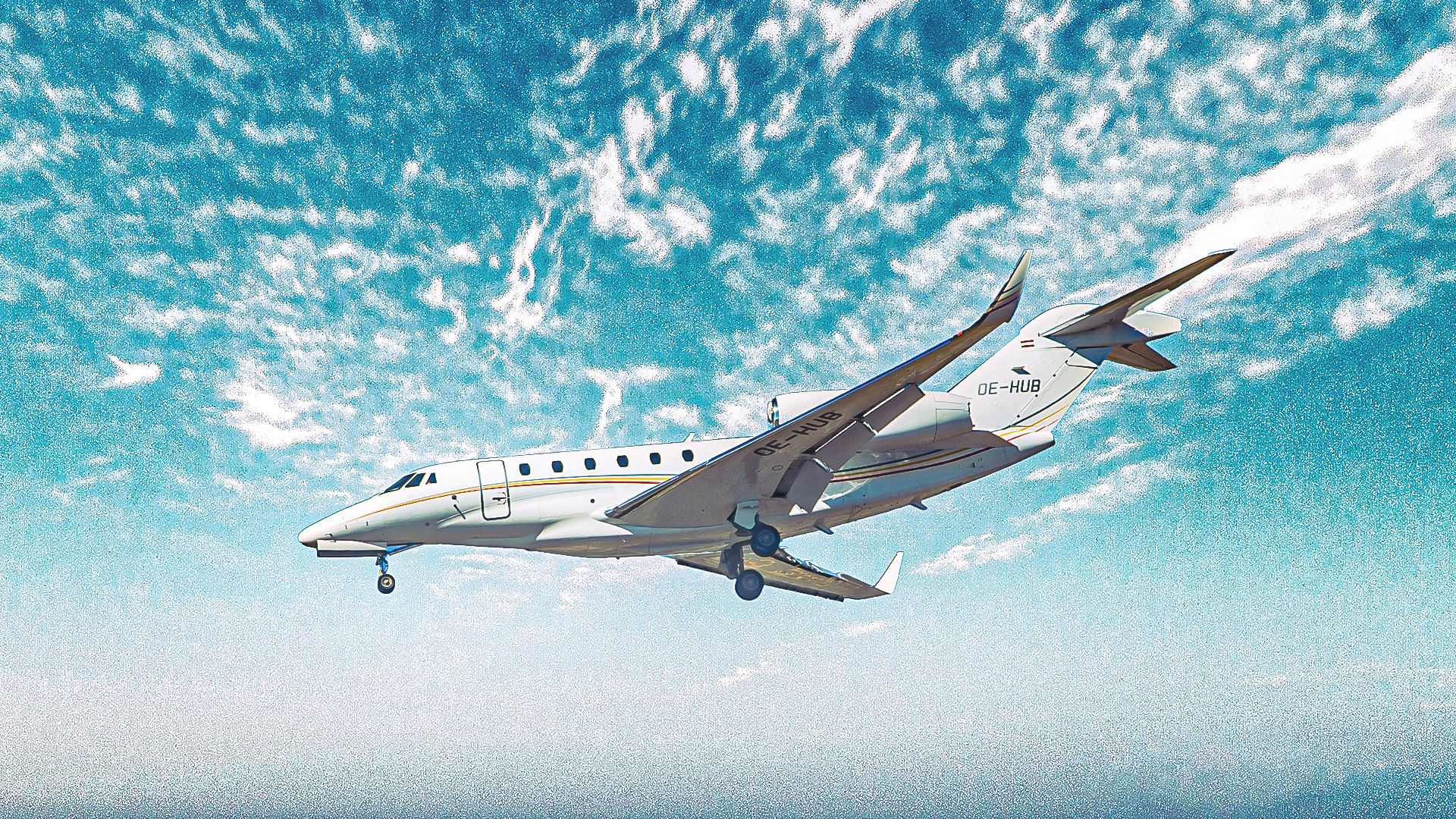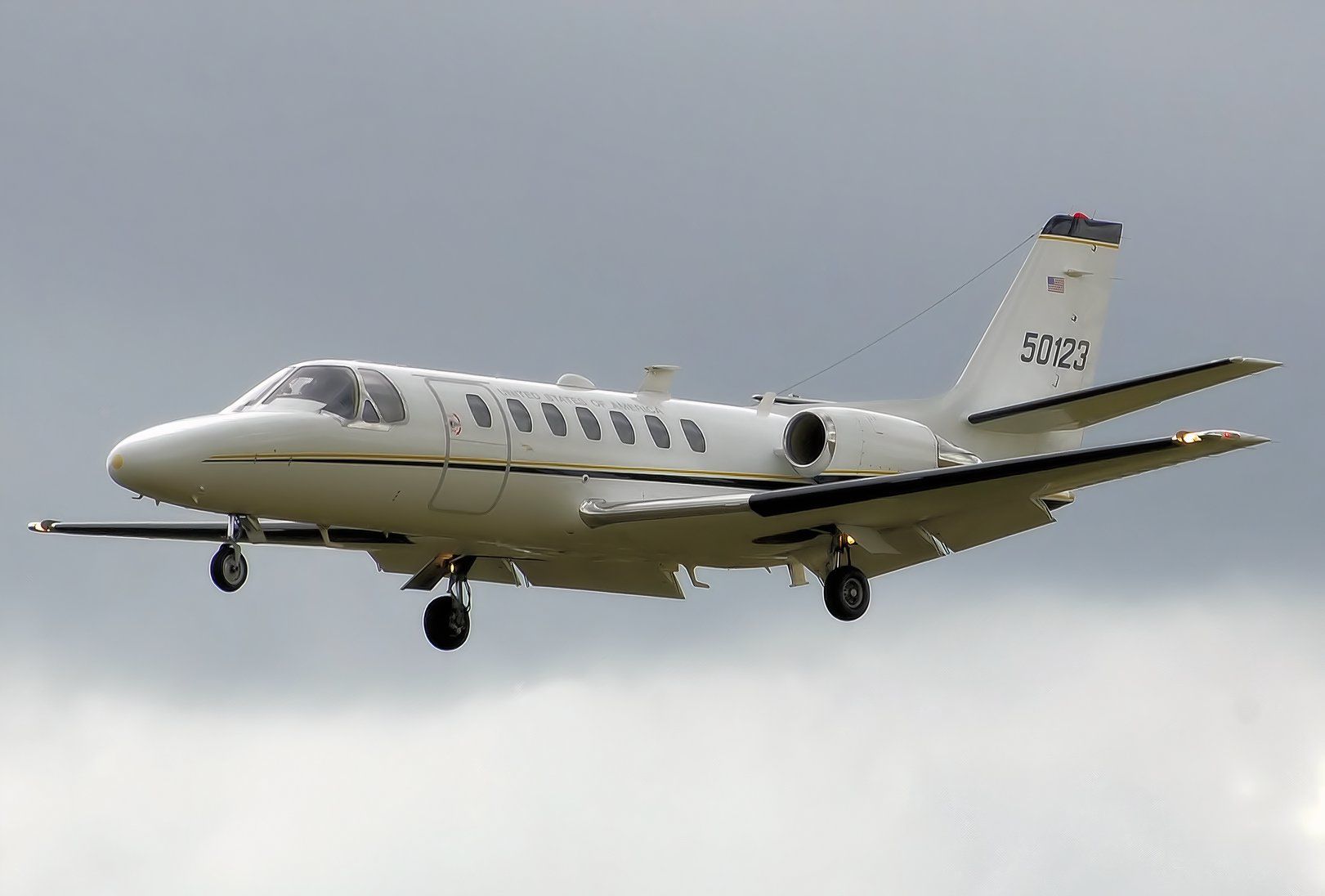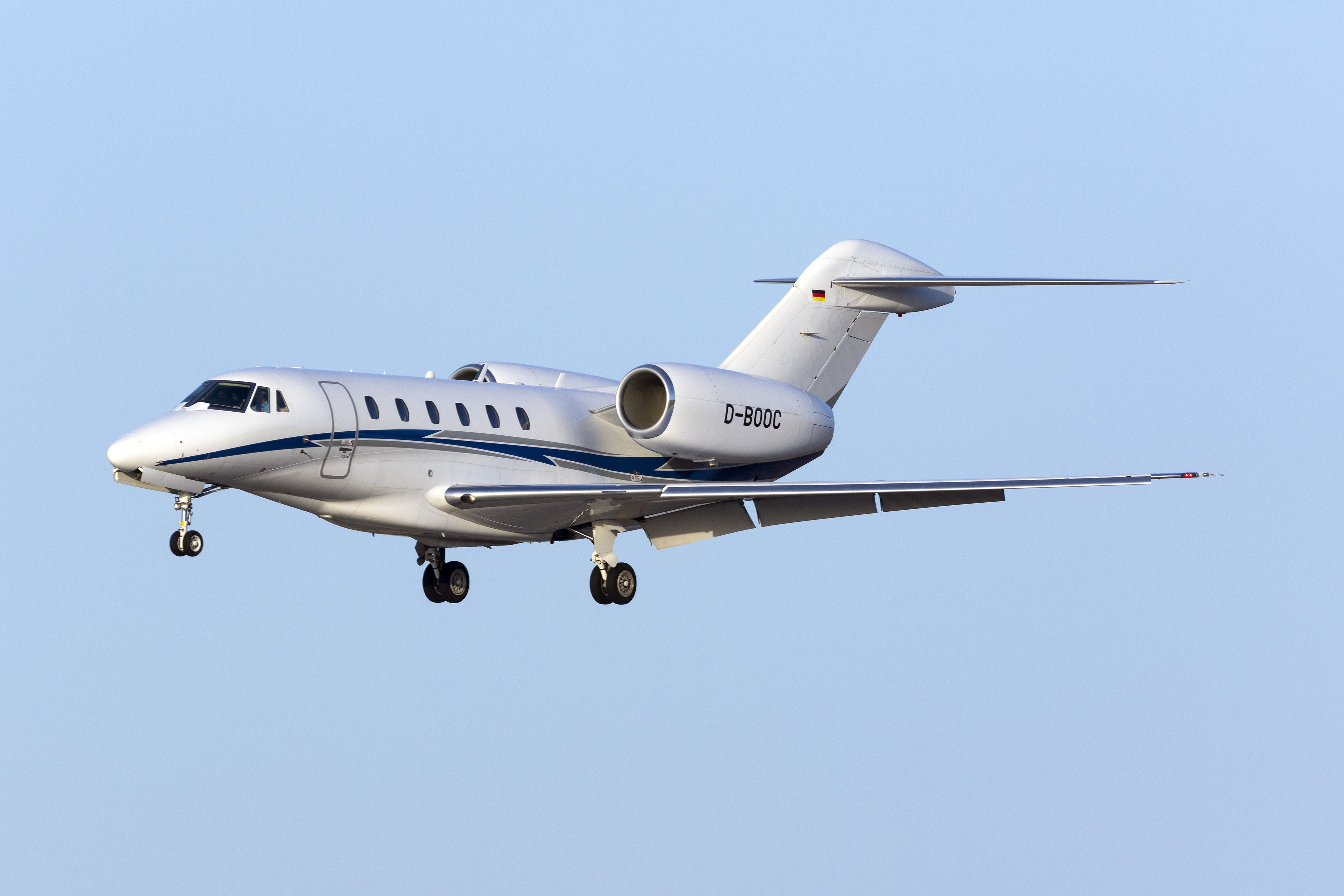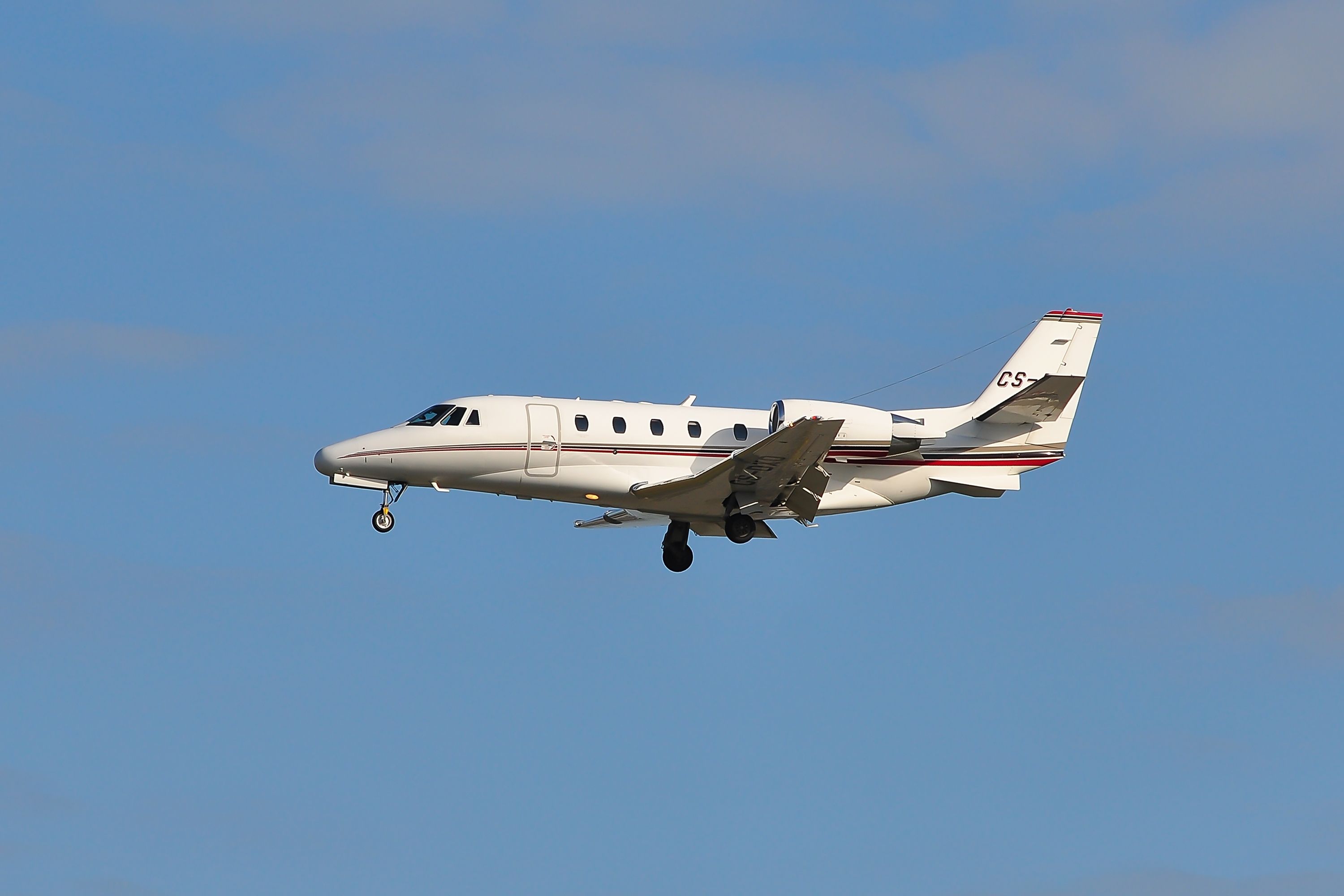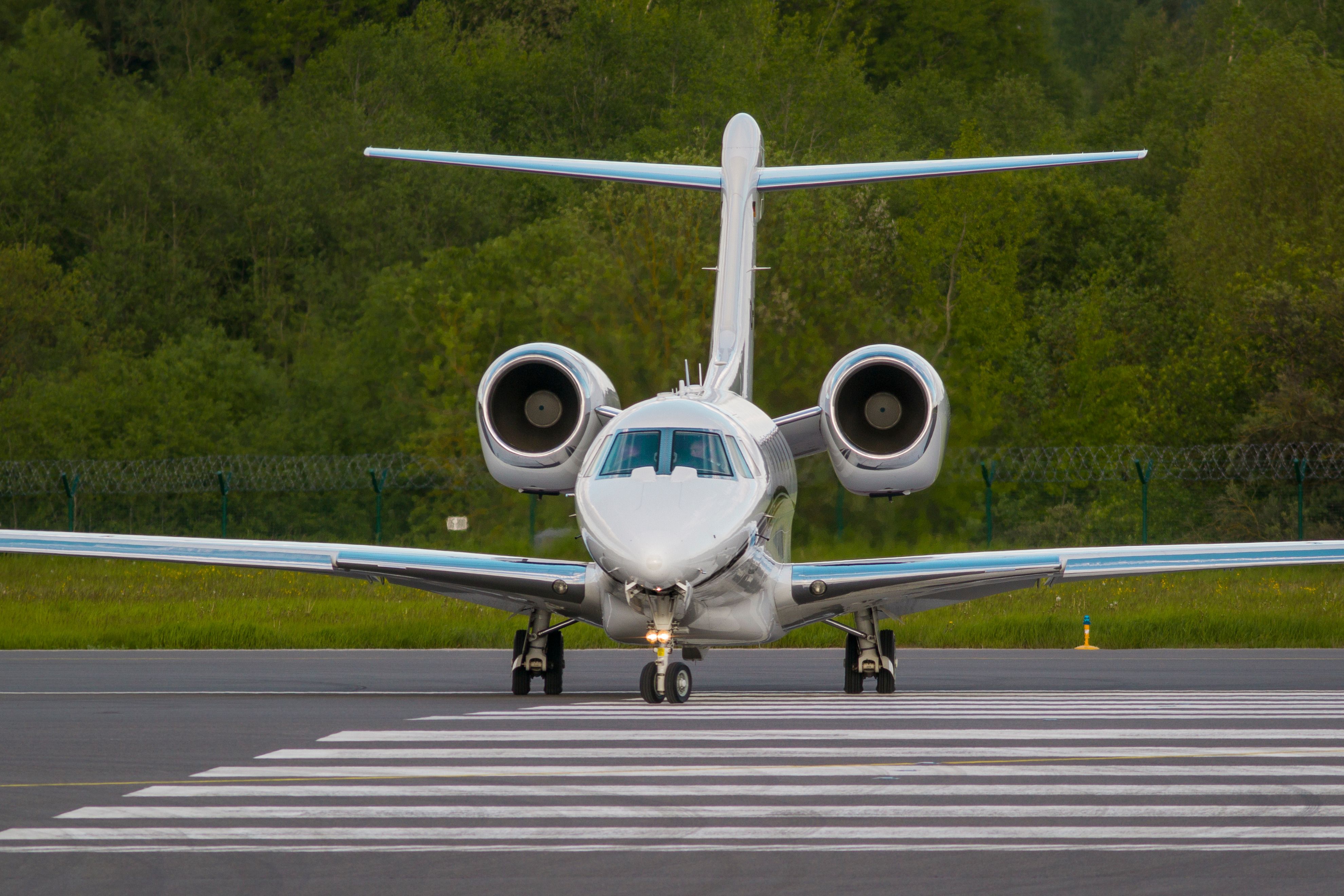Summary
- Cessna founded 1927, greatest success w/ Cessna 172; over 50,000 produced.
- Citation X changed perception; first delivery to Arnold Palmer.
- Flagship aircraft 350 produced ’96-’18, high-profile individuals like Larry Ellison, Donald Trump flew it.
Cessna is one of the world’s most notable general aviation aircraft manufacturers. The company was founded nearly 100 years ago, in September 1927, by Clyde Cessna and Victor Roos. Clyde Cessna started building and tinkering with aircraft in the early 1910s. He gained valuable experience producing wooden aircraft.
Shortly after founding Cessna, Roos resigned, and Clyde continued designing aircraft.
However, his first official aircraft design, the Cessna DC-6, was certified on the same day as the stock market crash in 1929. Unfortunately, this led to the end of Cessna, which officially closed its doors in 1932.
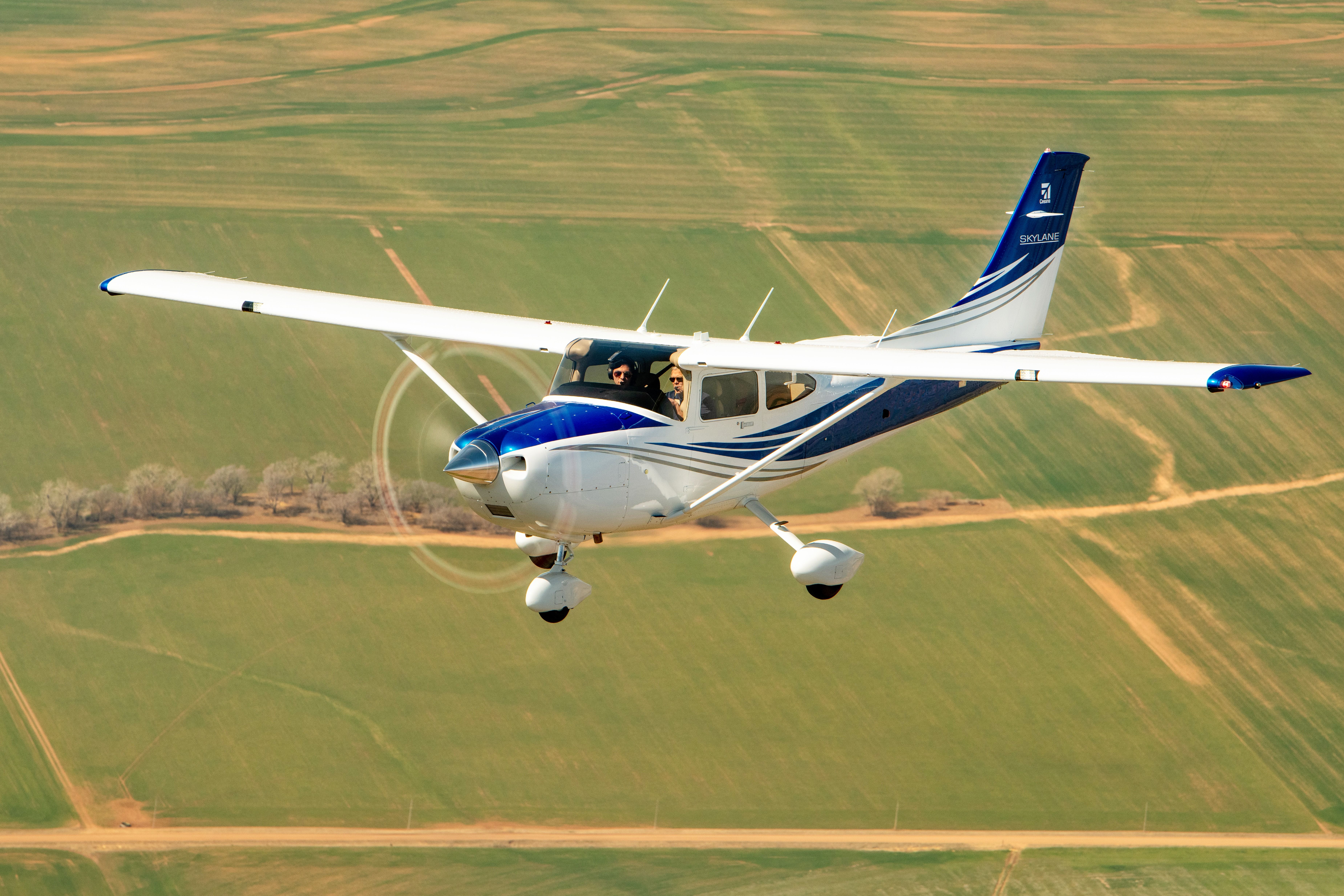
Related
Cessna Airplane History: A Reflection Of 90 Years Of Success
The well-known aircraft company has been around for over nine decades.
Clyde continued working on aircraft, however, and even built a custom racer in 1933. Clyde’s nephews, Dwane and Dwight, decided to revive the company that Clyde founded. They officially took control of the company in 1934. Shortly after, the company released the Cessna T-50. This aircraft saw immediate success, especially with the United States Army and the Royal Canadian Air Force, which each purchased hundreds of the trainer aircraft.
Cessna continued to grow after World War II ended.
The Wichita, Kansas-based company would release the Cessna 172 in the 1950s. This light aircraft eventually became the best-selling aircraft of all time, and the company has produced nearly 50,000 total Cessna 172s since it was introduced.
The company eventually expanded into new markets, jumping into the business jet industry with the introduction of the Cessna Citation family in the 1970s. Originally, the family of aircraft was known as smaller aircraft that had incredible handling qualities and were easy to fly. However, the series of private jet was also known to be slower than competing aircraft, like the Learjet.
This all changed, however, with the introduction of the Cessna Citation X. Let’s take a closer look at how the release of the Cessna Citation X changed the image of the Cessna Citation series. Let’s also take a look at some of the unique features of the Citation X that made it so impressive.
The history of the Cessna Citation X
As previously mentioned, early Citation jets, like the Citation I, the Citation II, the Citation III, and even early models of the Citation V series, had a reputation for being on the lower end of the business jet industry. In the late 1980s, Cessna set out to change the image of the Citation family.
Cessna unveiled the Citation X at the annual National Business Aviation Association (NBAA) convention in 1990. The first prototype aircraft completed its maiden flight in 1993.
Photo: InsectWorld | Shutterstock
However, shortly after the aircraft began flight testing, the certification process ran into several roadblocks. Cessna had difficulty integrating the engine with the aircraft’s systems, and the engine itself struggled to meet bird strike and other Federal Aviation Administration (FAA) regulations.
Eventually, the FAA awarded the Citation X its Part 25 type certificate in June 1996. Deliveries of the aircraft began shortly after, with the first delivered aircraft going to the famous golfer Arnold Palmer.
Notable design features of the Cessna Citation X
Even through the certification process, the Citation X began to set speed records. The first customer, Arnold Palmer, also set a speed record shortly after taking delivery of his aircraft. The Citation X could reach high speeds due to several major design improvements.
Photo: Vytautas Kielaitis | Shutterstock
The aircraft utilized a similar fuselage cross-section to previous Citation models, but most of the surrounding systems were clean-sheet designs. The Citation X has a capacity of around eight passengers, depending on the configuration. Per Global Air, the Citation X interior cabin had the following dimensions:
- Cabin height: five feet seven inches
- Cabin width: five feet five inches
- Cabin length: 23 feet nine inches
The Citation X also featured a newly designed highly swept wing that featured a supercritical airfoil. The wing also passed underneath the fuselage, instead of through the fuselage like early Citation jets. This allowed an easier wing installation process, and it also added more space inside the cabin.
Photo: Renatas Repcinskas | Shutterstock
The aircraft also used two Rolls-Royce AE 3007 turbofan engines, which provided the aircraft with nearly 7,000 pounds of thrust. This helped the aircraft to reach the following performance specifications:
|
Length |
72.52 feet |
|---|---|
|
Height |
19.2 feet |
|
Wingspan |
63.6 feet |
|
Maximum takeoff weight (MTOW) |
36,000 pounds |
|
Maximum speed |
Mach 0.92 (706 miles per hour) |
|
Cruise speed |
528 knots (608 miles per hour) |
|
Range |
3,460 nautical miles (3,982 miles) |
|
Service ceiling |
51,000 feet |
Who flies the Cessna Citation X
The Citation X was produced from 1996 through 2018, and nearly 350 total aircraft were produced. Cessna’s flagship aircraft at the time found success with a wide range of operators. Many business executives and celebrities were drawn to the aircraft’s impressive performance, including golfer Arnold Palmer, Larry Ellison, Steve Fossett, F1 driver Nelson Piquet, and even former President of the United States, Donald Trump.

Related
Donald Trump Sells His Cessna Citation X For Approximately $2.5 Million
The business jet was sold to a Dallas Real Estate developer.
Companies themselves also purchased the aircraft for business travel. This includes Honeywell, General Motors, and even Target Corporation.
Additionally, Citation X was, and still is, operated by several major charter companies. NetJets initially ordered 60 aircraft and operated up to 80 of them at one point. XOJet also operates a large fleet of Citation Xs. Wheels Up also owns and operates nearly 50 Citation Xs.

